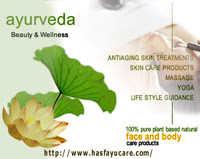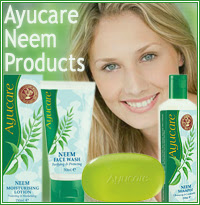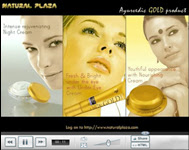Teas are grown in tropical and sub-tropical areas. The processes through which tea are made includes fermentation, heating, drying and addition of other herbs, flowers, spices and fruits. But basically the process is based on what type of tea is going to be made. There are four types of tea, namely white tea, green tea, oolong tea and black tea.
White tea: White tea does not go through the process of fermentation. They are produced from buds that are well hydrated in dry air for a period of time. They neither go through rolling, breaking or bruising process. They have a very delicate flavour and appear pale.
Green tea: Fresh new leaves are plucked for making green tea. After the leaves are plucked, they are dried in air for about 8 to 24 hours for evaporation. To avoid fermentation, these leaves are then pan fried and rolled up in various techniques. Thus result in a fresh flavour with dark green appearance.
Oolong tea: After the leaves are plucked, they go through a partial fermentation. Then the leaves are dried in air for evaporation of water and then they are tossed in baskets so that the edges of the leaves are bruised. It results in dark brown colour.
Black tea: It is the most common type of tea in the West. It goes through a lengthy process of fermentation after the leaves are plucked. The water is evaporated in dried air. Thus it appears deep black in colour.
Tea is great disease fighter. It has magical power to deal with many major diseases, like cancer and heart problem.



 Fair and Handsome- Watch it on mobile
Fair and Handsome- Watch it on mobile Natural Plaza Video Presentation
Natural Plaza Video Presentation
 Gold 24- for beautiful women
Gold 24- for beautiful women